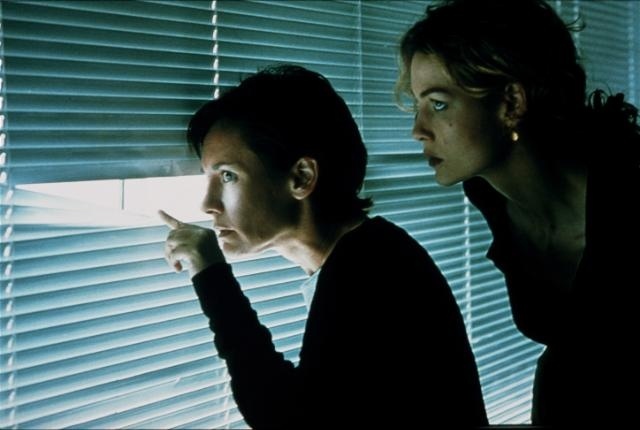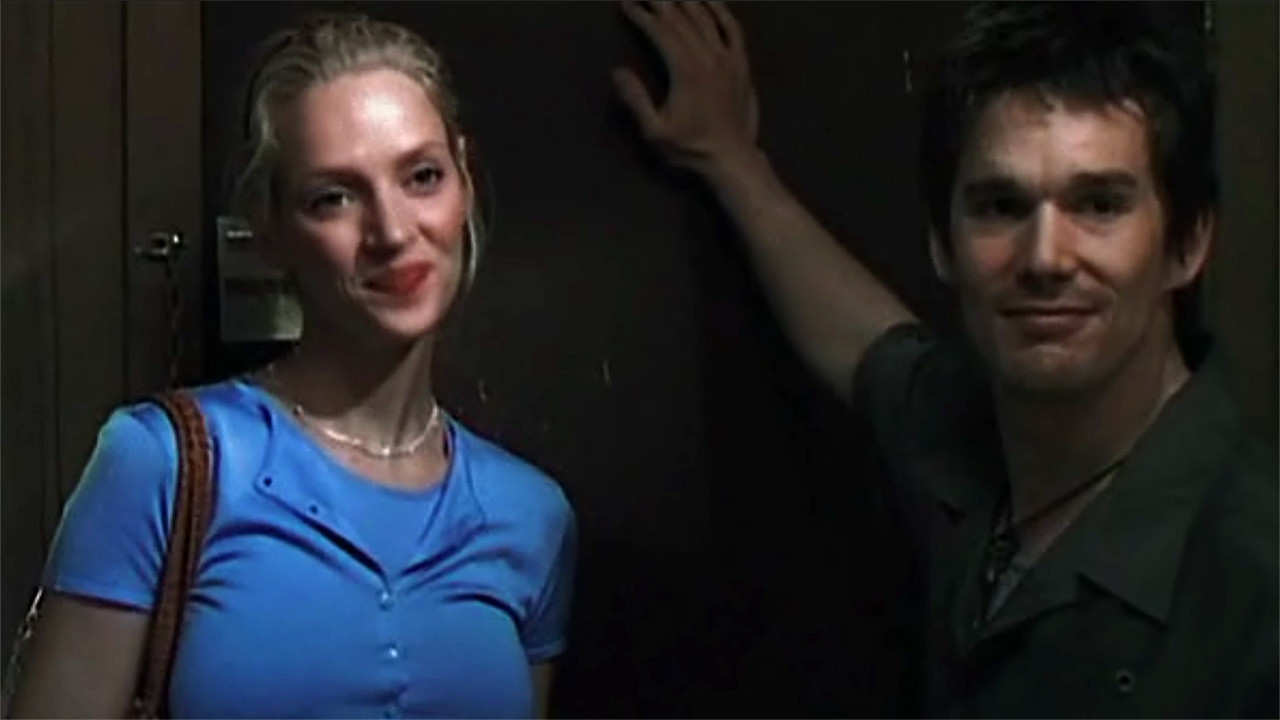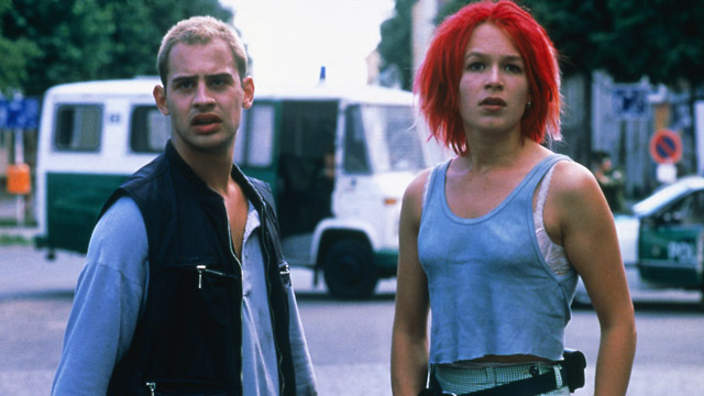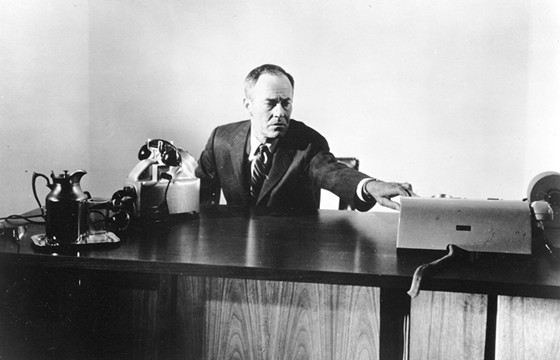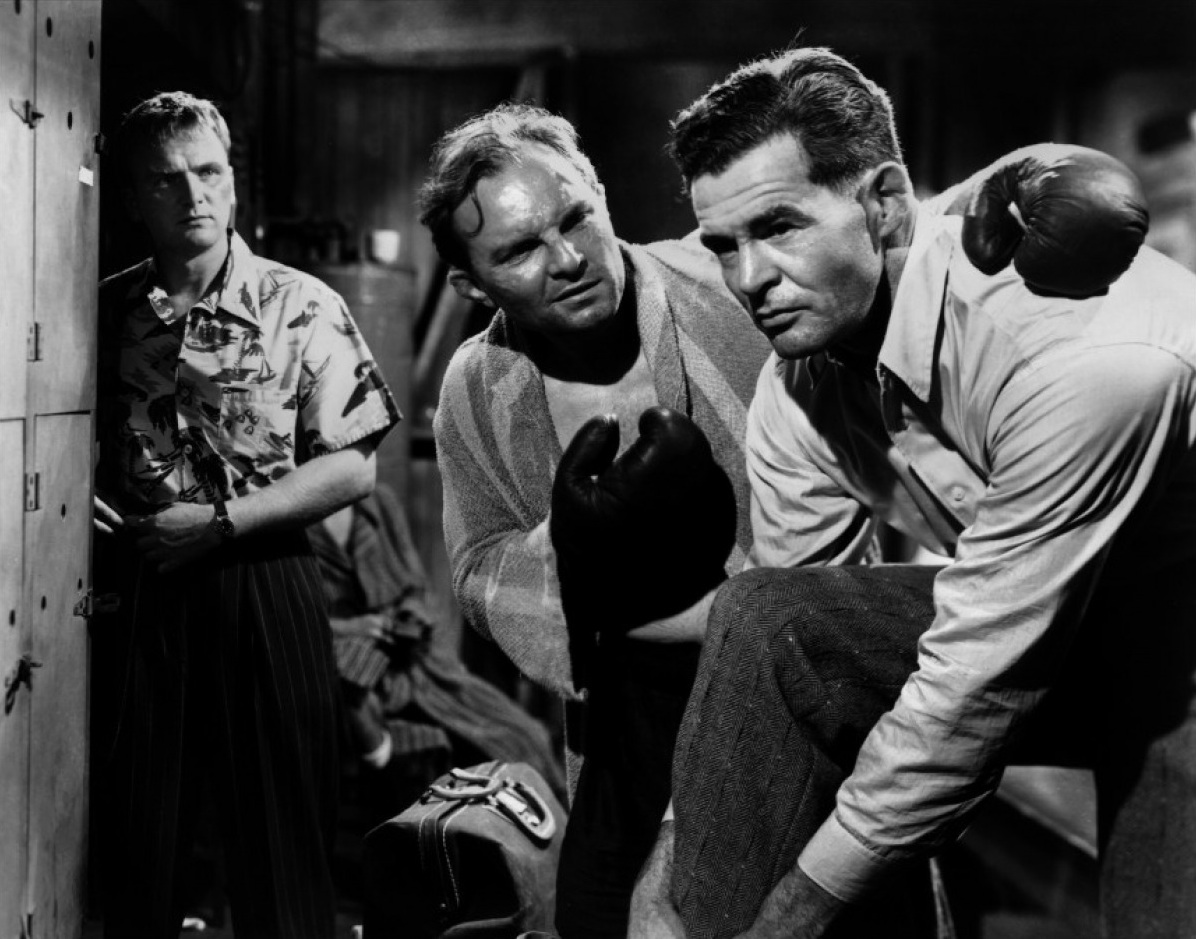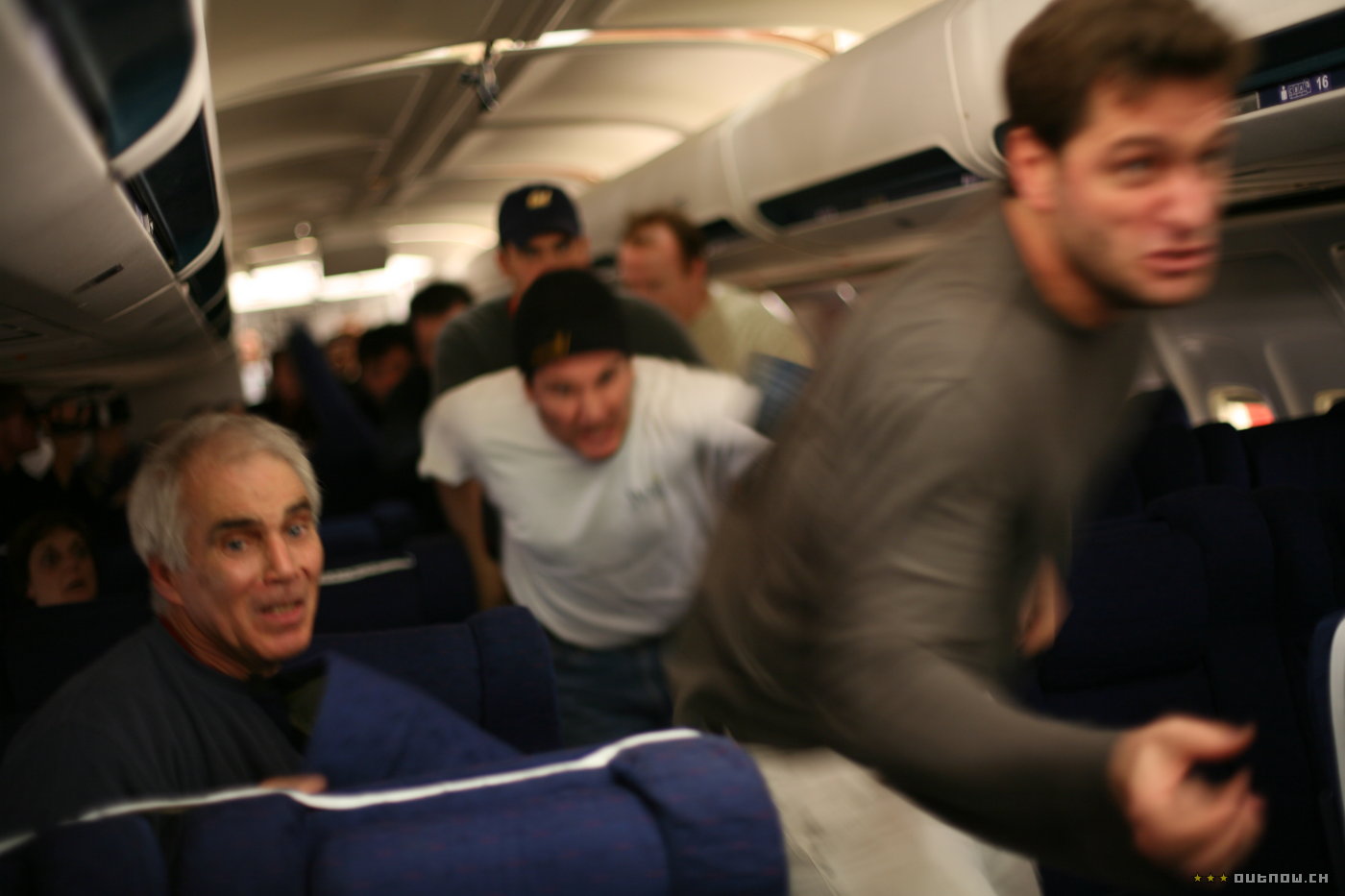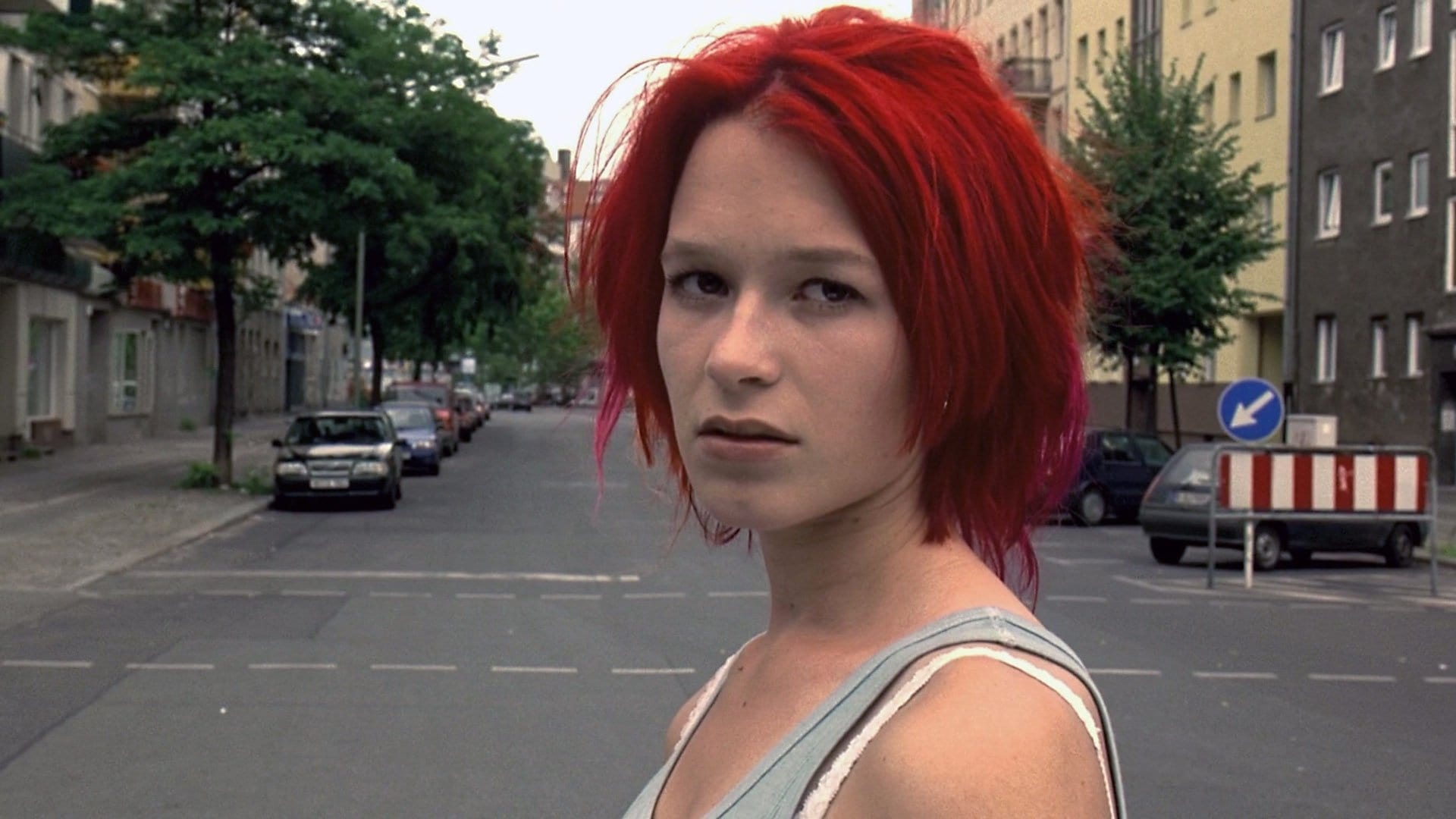
“Real Time” is universally defined as the narratological method wherein filmic events are portrayed simultaneous with the viewers’ experiences. For example, if a movie that is shot in real time is two hours long, then the plot of that movie covers two hours of fictional time.
This technique can be enforced by varying levels of precision. In some television shows, such as 24 (2001-2010), every minute of screen time is a minute of fictional time. In other stories, each day’s strip does not necessarily translate into a new day of fictional time, but each year of the strip does correspond with one year of fictional time.
Real time is ancient in origin, dating back to the climactic structure of classical Greek drama. In cinema, the real time technique makes it possible for directors to experiment with many concepts. If the director’s wish is to thrill the audience, or transmit abstract concepts like love, real time is the best medium through which the audience can grasp the entire aspect of these ideals.
Throughout cinematic history, many movies contain the real time technique. The below fifteen entries are some of the greatest examples of this method. The list demonstrates to cinephiles how, in the course of sixty years, directors who initially utilized this method as a tool for excitement has subsequently transformed the technique to create more experimental and character-driven films.
15. Nick of Time (1995), dir. John Badham
Nick of Time may not be one of the best films ever made, but it is a political thriller that touches the surface of various issues, and it is narrated in real time. The film, however, deviates from conventional real time techniques via dream sequences and slow motion.
The movie is somewhat entertaining, especially when the audience witnesses the protagonist Gene Watson’s (Johnny Depp) attempted murder of Mr. Smith (Christopher Walken). Yet, it is the real time technique that brands Nick of Time as a memorable film.
14. Timecode (2000), dir. Mike Figgis
Timecode is deservedly one of the most experimental movies of all the time. It was constructed from four continuous, ninety-minute takes that were filmed simultaneously by four cameramen (this was accomplished by the screen divided in quarters, and the four shots were shown simultaneously).
One needs to watch the film at least four times before he or she can understand the story; thereafter, the viewer will need to watch it several more times to see the connections between the stories, and then a few more times after that to understand how Mike Figgis has managed to direct this gem.
Since Timecode is made of four long takes and no cuts, it is obviously a real time film. The real time technique and quarter-divided screen provide the viewer with an omniscient view of a group of people dealing with love and divorce issues. It is only through these two experimental techniques that one realizes how difficult and complex life is.
13. Tape (2001), dir. Richard Linklater
A room, two men, and one woman; that’s enough for Richard Linklater to make one of the best real time movies of all time. In two hours, the audience observes three characters discuss a rape situation, as well as the complex issue of love and its many definitions.
In Tape, Linklater tackles concepts such as friendship, forgiveness, and revenge. The film also depicts how people’s understanding of others is limited, which is why the film is shot in a single room. Ultimately, the film represents how one’s life can change in a course of two hours, which is the reason why the movie is in real time.
12. Run Lola Run (1998), Tom Tykwer
One of the most innovative movies in cinema history is Run Lola Run, directed by Tom Tykwer. The movie is simple: Lola (Franka Potente) has twenty minutes to give her boyfriend (Moritz Bleibtreu) some money before he robs a supermarket, or he will die!
Tykwer presents Lola with three possibilities to accomplish her feat, and the audience can choose an option based on each story’s ideology, narrated in real time. By using real time technique, Tykwer demonstrates how wonderful life is, and how many possibilities are just around the corner, waiting for all individuals.
11. Fail-Safe (1964), dir. Sidney Lumet
Fail-Safe, directed by Sidney Lumet, is one of the most overlooked and neglected war films, it lost in the box office “war” to the funny comedy about war, Dr. Strangelove (1964). Fail-Safe narrates the story of the United States accidental nuclear attack on Soviet soil; contrary to Dr. Strangelove, satire is non-existent in this movie.
Henry Fonda and Walter Matthau both gave great performances in this film, as the viewer experiences the threat of humanity’s demise, and the subsequent anxiety of high ranking authorities. The viewer completely comprehends this hellish situation, thanks to the director’s calculated usage of the real time technique.
10. The Set-Up (1949), dir. Robert Wise
One of the best film noirs of all time, The Set-Up chronicles the story of Stoker Thompson (Robert Ryan), a 35-year-old has-been boxer. Tiny (George Tobias), Stoker’s manager, is positive that Stoker will continue to lose fights, so Tiny takes money for a “dive” from a mobster and doesn’t inform the boxer of the set-up.
The film delves deep into the underworld of boxing. The great cinematography of Milton R. Krasner (how nicely he uses shadows) and fine direction of Robert Wise renders this movie as one of the best boxing films to date. The director’s use of the real time technique here not only makes the audience grab the edge of their seats, but it also emphasizes the bleak destiny of the main character.
9. United 93 (2006), dir. Paul Greengrass
This morose yet thrilling film chronicles events aboard United Airlines Flight 93, which was hijacked during the 9/11/01 terrorist attacks. Director Paul Greengrass meticulously employs two techniques in order to demonstrate the tension and whereabouts of the flight attendants. The film is shot in documentary style; thus, the viewers believe everything they see, and the director utilizes the real time technique to portray the flight attendants’ traumatic encounters.
As a result of Greengrass’s wisdom, United 93 is one of the best movies about 9/11. The director, in such a believable manner, depicts the two hour trauma of being a hostage on a hijacked airplane. The crash scene at the end of the movie is devastating and demonstrates that there is no way out in real life.

